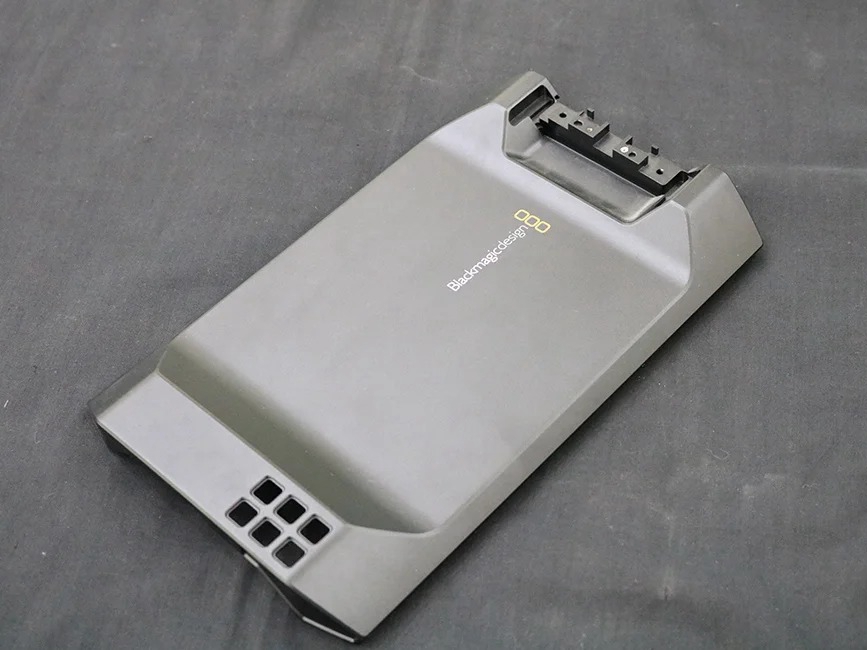Why Painting CNC Parts is Essential for Aesthetics and Protection
Introduction
Painting CNC machined parts involves applying protective coatings onto components after CNC machining to enhance aesthetics and prevent corrosion. The process typically uses methods such as liquid spray painting or powder coating, forming a uniform layer of 20–100 μm thickness. This coating not only improves the visual appeal by providing customizable colors and finishes but also significantly extends component life by shielding against environmental factors.
Pain effectively addresses appearance and functional requirements and is widely applicable across automotive, aerospace, consumer products, and industrial equipment sectors. Suitable for metals like aluminum alloys, steels, and certain plastics, this surface treatment ensures consistent coverage of complex CNC geometries, including threaded features and thin-walled structures, delivering components optimized for durability, performance, and market-ready aesthetics.
Why Painting CNC Parts is Essential for Aesthetics and Protection
Scientific Principles & Industrial Standards
Definition:
Painting CNC machined components involves applying protective and decorative coatings using spray, dip, or electrostatic methods. It typically achieves uniform film thicknesses between 20–100 μm, providing both aesthetic appeal and durable protection against corrosion and environmental factors.
Governing Standards:
ASTM D3359: Standard test for paint adhesion
ISO 12944: Corrosion protection of steel structures by paint systems
ASTM B117: Salt spray corrosion resistance testing standard
Process Function and Cases
Performance Dimension | Technical Parameters | Application Cases |
|---|---|---|
Corrosion Resistance | 1000–3000 hr salt spray resistance (ASTM B117) | Automotive body panels, marine equipment, outdoor enclosures |
UV Protection | Retains color gloss >85% after 1500 hr UV exposure | Consumer electronics housings, outdoor lighting, signage |
Abrasion Resistance | Wear rate <0.5 mg/1000 cycles (Taber test) | Machinery casings, industrial handles, medical equipment panels |
Enhanced Aesthetics | Uniform finish, custom colors (RAL/Pantone) | High-end consumer products, medical devices, aerospace interiors |
Surface Finish Classification
Technical Specification Matrix
Painting Method | Key Parameters & Metrics | Advantages | Limitations |
|---|---|---|---|
Thickness: 20–50 μm; Gloss: Matte to High | Smooth finish, versatile colors | Moderate VOC emissions | |
Thickness: 40–100 μm; Hardness: >2H pencil | High durability, environmentally friendly | Limited to conductive materials | |
Electrostatic Spray Painting | Thickness: 20–80 μm; Transfer efficiency >90% | Uniform coating, reduced waste | Requires conductive substrates |
Dip (Immersion) Painting | Thickness: 20–60 μm; Coverage: Complex geometries | Economical, good for intricate parts | Potential for drips and unevenness |
E-Coating (Electrophoretic) | Thickness: 15–35 μm; Corrosion resistance 2000+ hr | Excellent corrosion protection, precise control | Requires conductive materials |
Selection Criteria & Optimization Guidelines
Liquid Spray Painting
Selection Criteria: Ideal for applications requiring high-quality appearance, custom colors, and flexibility in coating thickness.
Optimization Guidelines: Ensure precise air pressure control (2–4 bar), maintain ambient humidity (40–60%), use filtration to eliminate dust, and employ baking (60–100°C) for accelerated curing and enhanced adhesion.
Powder Coating
Selection Criteria: Preferred for durable and environmentally-friendly coatings on metal CNC parts, providing excellent corrosion and abrasion resistance.
Optimization Guidelines: Optimize curing temperatures (180–200°C, 20–30 min), control electrostatic charge (50–100 kV) for uniform thickness, and pre-treat surfaces using phosphate or chromate conversion for improved bonding.
Electrostatic Spray Painting
Selection Criteria: Suitable for precision components needing uniform thin-film coatings and minimal material waste, ideal for conductive substrates.
Optimization Guidelines: Maintain high-voltage settings (60–90 kV), apply grounding optimization techniques, and use robotic automation for consistent film thickness across complex shapes.
Dip (Immersion) Painting
Selection Criteria: Cost-effective solution for complex geometries and large batches of CNC parts where moderate appearance and corrosion protection are acceptable.
Optimization Guidelines: Precisely control viscosity (20–40 s, Zahn cup), manage withdrawal rates (10–30 cm/min) to avoid dripping, and apply subsequent baking processes (70–120°C) for uniform drying.
E-Coating (Electrophoretic)
Selection Criteria: Recommended for critical applications requiring exceptional corrosion protection and precise thickness control, frequently used in automotive and medical industries.
Optimization Guidelines: Maintain stable voltage/current control (100–300 V DC), regulate bath chemistry and temperature (28–32°C), and follow post-curing protocols (160–180°C, 20–30 min) for maximum durability.
Material-Finish Compatibility Chart
Substrate | Recommended Painting Method | Performance Gain | Industrial Validation Data |
|---|---|---|---|
Powder Coating | 2000 hr salt spray resistance, ASTM B117 | Outdoor electronics enclosures (ISO 12944 certified) | |
E-Coating | Corrosion protection >3000 hr (ISO 9227) | Automotive suspension parts per ASTM D3359 adhesion tests | |
Liquid Spray Painting | High gloss retention (>90% after 1000 hr UV) | Consumer electronics, tested per ASTM D523 | |
Electrostatic Spray Painting | Uniform coating thickness ±5 µm | Medical devices meeting ISO 10993 and ASTM D1186 | |
Liquid Spray Painting | Enhanced aesthetics, custom colors | Aerospace interiors verified per AMS-STD-595 |
Painting Process Control: Critical Steps & Standards
Pre-Painting Essentials
Surface Cleaning: Solvent degreasing or alkaline wash (ISO 8501-1 Sa 2.5).
Surface Pre-treatment: Phosphate or chromate conversion coating for enhanced adhesion (MIL-DTL-5541).
Masking and Protection: Precision masking techniques (ASTM D3359 compliance).
Painting Process Controls
Thickness Control: Regular use of eddy-current and ultrasonic gauges (±5 µm accuracy).
Environment Control: Maintain spray booth conditions (20–25°C, humidity 40–60%, ISO 14644 Class 7 cleanliness).
Cure Monitoring: Oven temperature mapping and cure-time validation (±5°C accuracy per AMS 2750E).
Post-Painting Checks
Adhesion Testing: Cross-hatch adhesion tests (ASTM D3359).
Corrosion Testing: Salt spray exposure validation (ASTM B117).
Aesthetic Inspection: Visual and colorimetric assessment (ISO 3668 and ASTM D523 gloss measurement).
FAQs
How do I choose between powder coating, liquid painting, and e-coating for my CNC parts?
What is the typical thickness of paint coatings for CNC machined components?
How long does painted CNC part protection last in outdoor or harsh environments?
Can painting effectively protect CNC components from corrosion compared to plating or anodizing?
What surface preparation is essential before painting CNC machined parts?

